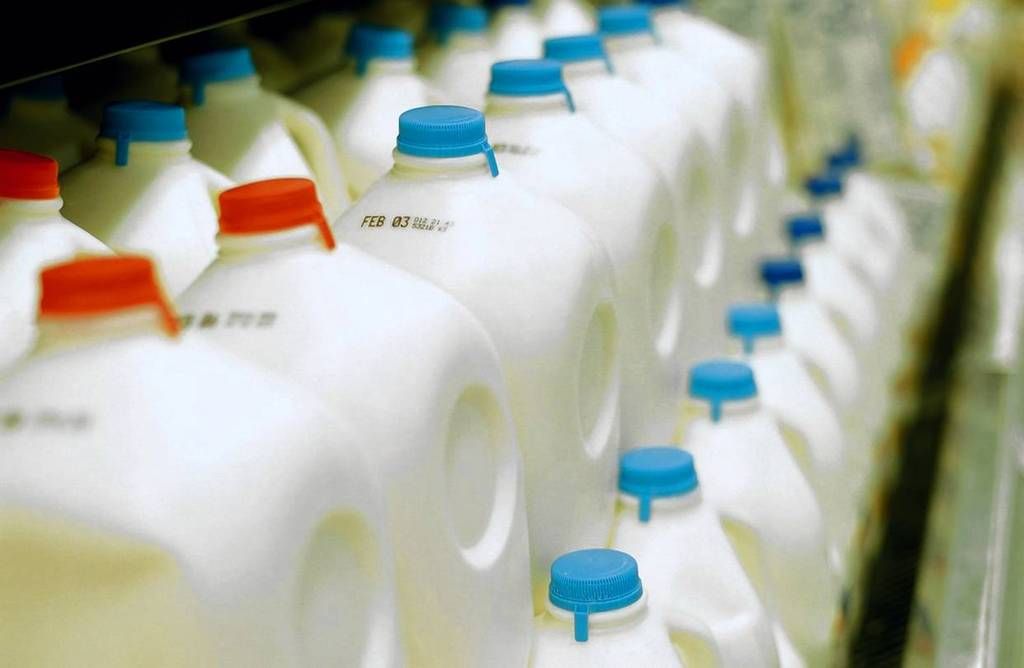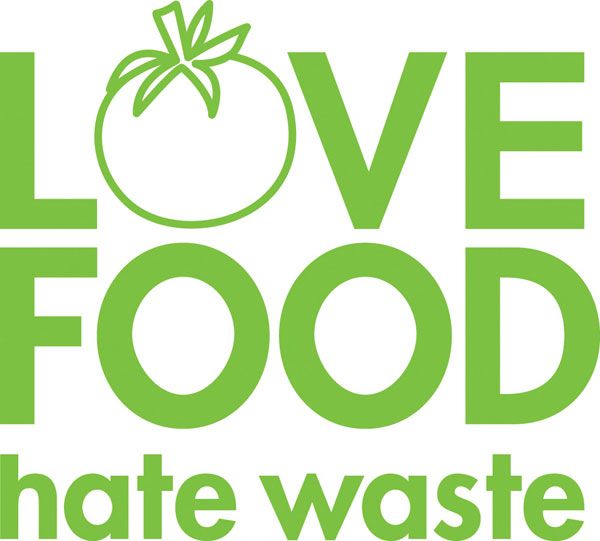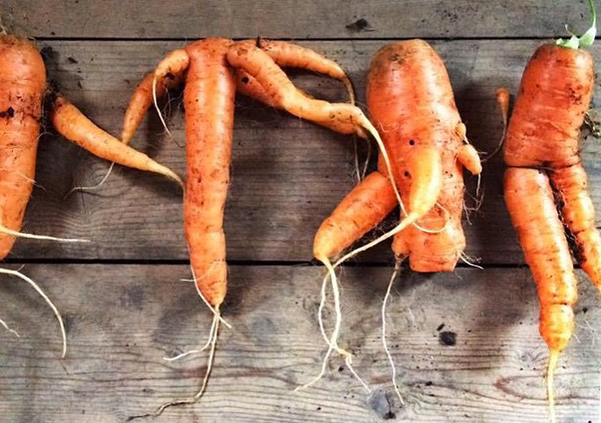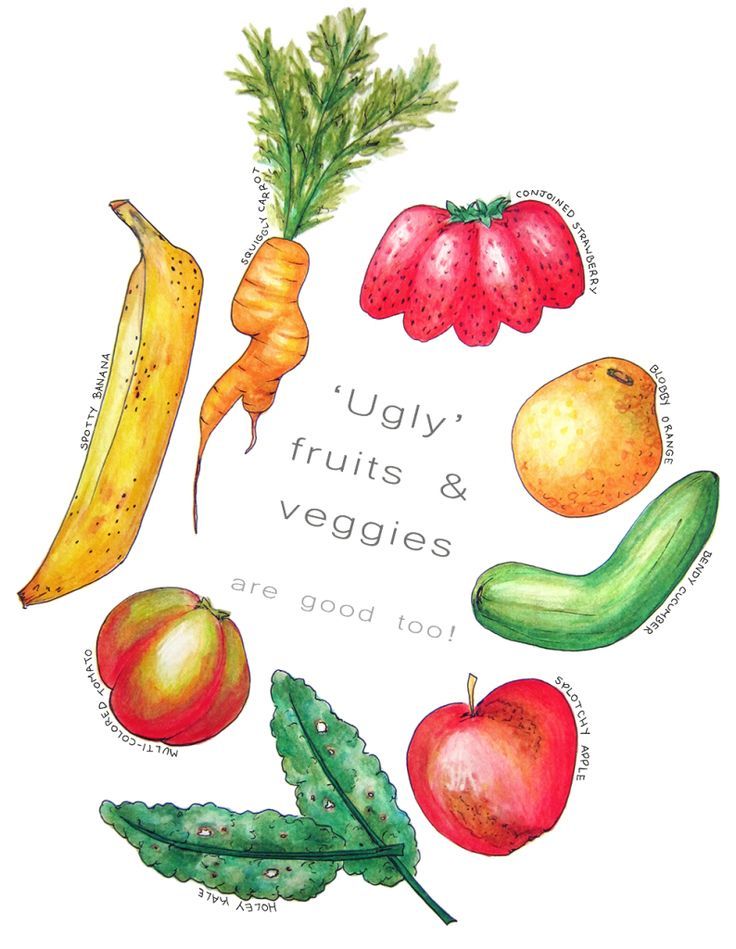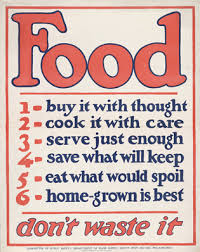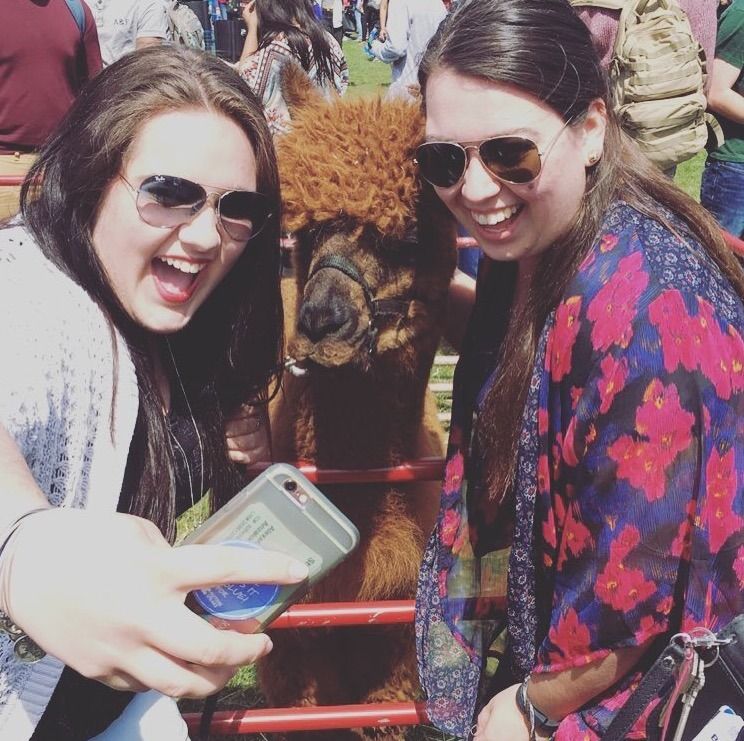We could
fill 730 football stadiums a year with the food we throw away.
You heard
that right. Across the U.S., 40% of food is tossed annually. That equates to
over $165 billion of wasted meals – while 1 in every 6 Americans go hungry.
What’s
wrong with this picture?
Maybe the
fact that the 1.3 billion tons of food we waste each year would be enough to
feed all the hungry in the world… 4 times. Or that, if discarded food was a
country, it would be the third-largest producer of carbon dioxide in the world.
Well, that’s
good enough reason for us.
It’s time
to acknowledge the top three myths that help contribute to food waste. Then, we
must ask ourselves: Which am I guilty of believing? And, most importantly, how
will I make a difference?
Myth #1: “Sell By” or Die
We’ve all
been there. Your morning bowl of Cheerios is begging to be drenched in a sea of
fresh, cold milk. But it’s “best before” two days ago, so you and your Cheerios
are out of luck. Because who wants to start their day off with a hefty dose of
food poisoning?
But, according
to the Natural Resources Defense Council
(NRDC), that carton of milk is best before… well, whenever your nose and taste
buds say so. And – for non-refrigerated foods, there is no difference in taste
or quality after the expiration date.
It’s a
fact: most dates on products are simply an indicator of peak freshness, not
edibility. Oh, and what about “sell by”? Surprise, surprise… it’s a marketing
tool that ensures proper turnover in retail stores.
But confusion
over “sell by” dates causes 9 out of 10 Americans to toss their food, good or
bad. While your box of easy mac might be “expired” this June, we promise it’ll taste
just as creamy, cheesy and delicious a whole year from now. Even
eggs can be consumed well past those arbitrary sell by dates.
Your best
bet? Go grandma-style and practice the good ‘ol fashioned sniff test. Your
Cheerios, your wallet and your full belly will thank you.
Myth #2: Misfits Must Go
26% of
produce never makes it to grocery store shelves. Why? Because it’s ugly.
Due to
retailers’ strict cosmetic standards, that lumpy carrot or bumpy tomato won’t
even see the fluorescent light of day. The smallest blemish will have it cast
aside like a leper, despite being both perfectly tasty and nutritious.
So, where
does this freaky fruit end up? The mouths of the homeless? The tables of the
hungry? Not even close. It’s transported to landfills… by the truckload. The
worst offender is the potato, with 35% getting the boot for its flaws.
Wait – are
potatoes even “pretty” to begin with?
Up to 30%
of a farm’s harvest succumbs to the strict beauty standards of the produce
aisle. And, if the farmer complains, well – the store will just find another
farmer.
Who isn’t
a little bruised, misshapen or a tad discolored (think lobster-like sunburn)? In
a world with more than enough judgment to go around, our green beans shouldn’t
have to face it too.
Myth #3: Don’t Feed Fido!
80% of
corn grown in the U.S. goes to feed livestock – a process that involves massive
amounts of fossil fuels and the destruction of forests for farmland.
All the
while, food scraps are bee-lining it to the dump, converting to methane (a
greenhouse gas 20 times more potent than carbon dioxide) along the way. Since
when did it become taboo to feed our animals “people food”?
According
to the Environmental Protection Agency (EPA), boiling scraps at high
temperatures makes them safe for animals to consume – and brings farmers back
to an age-old tradition (humans have been feeding animals food scraps for
thousands of years).
Just ask
Pinter Farms, a family-owned pig and cattle farm local to Rutgers University. Rutgers donates over a
ton of dining hall food scraps daily to feed the animals at Pinter Farms,
saving the university from landfill hauling fees – and Mother Earth from toxic
gases.
So next
time you find yourself with a stale loaf of bread or some leftover brown rice,
think of your backyard buddies. They’re sure to appreciate it.
Solutions?
Eat ugly
food. Eat or, better yet – donate your leftovers. Juice your old produce. Plan
your meals. Make use of the freezer. And remember: 868 million people across
the globe go to bed hungry each night.
+(RGB)+4pt+(BLOG).png)


